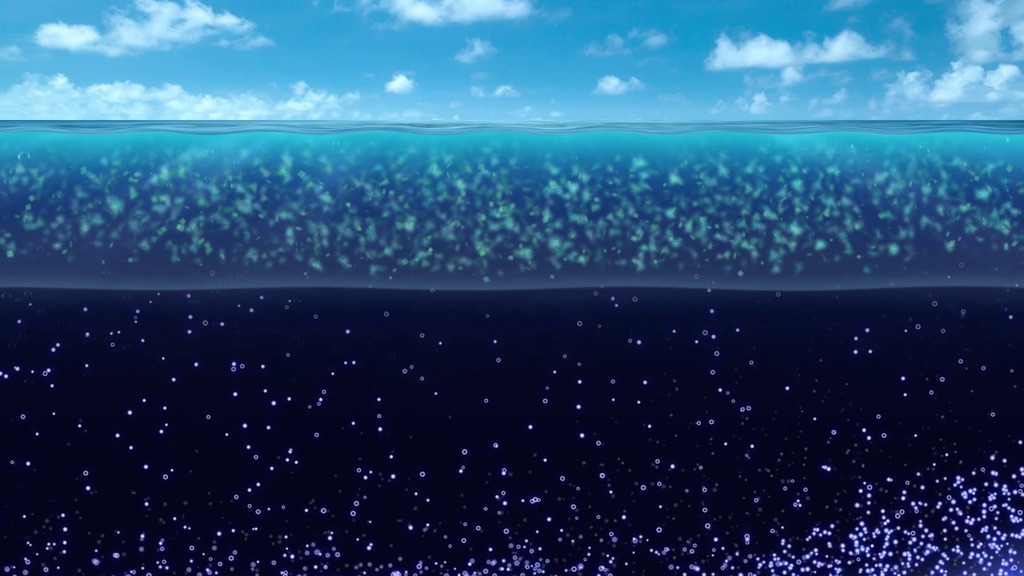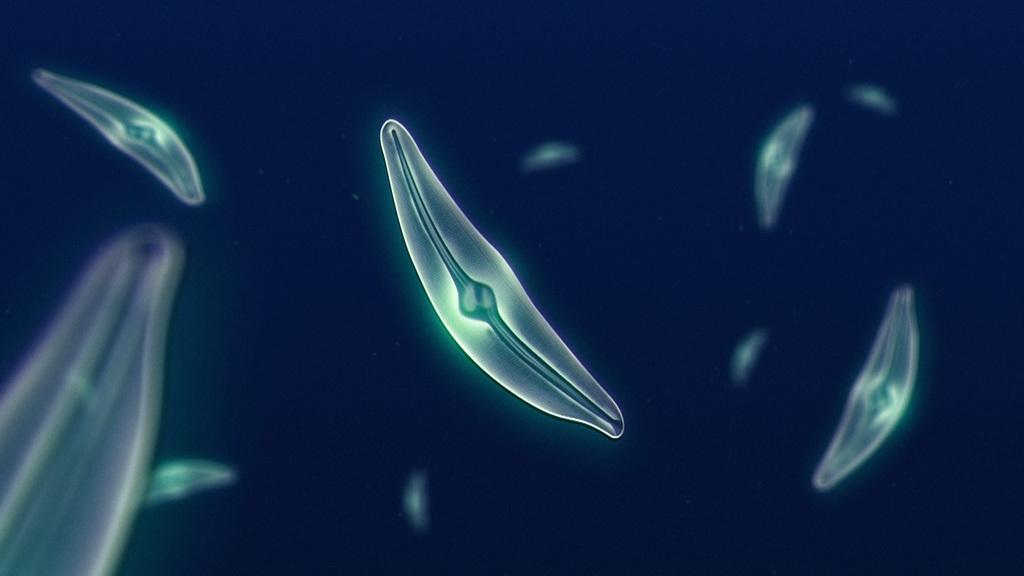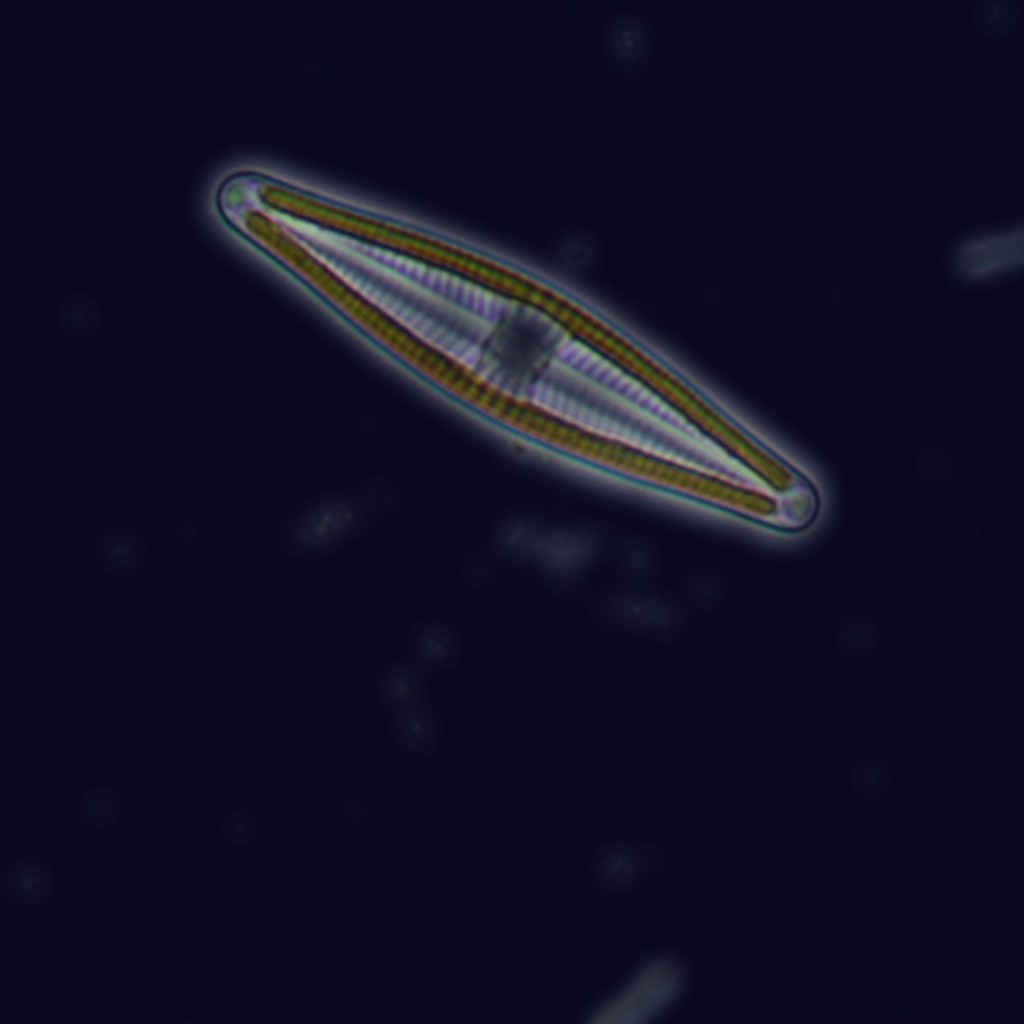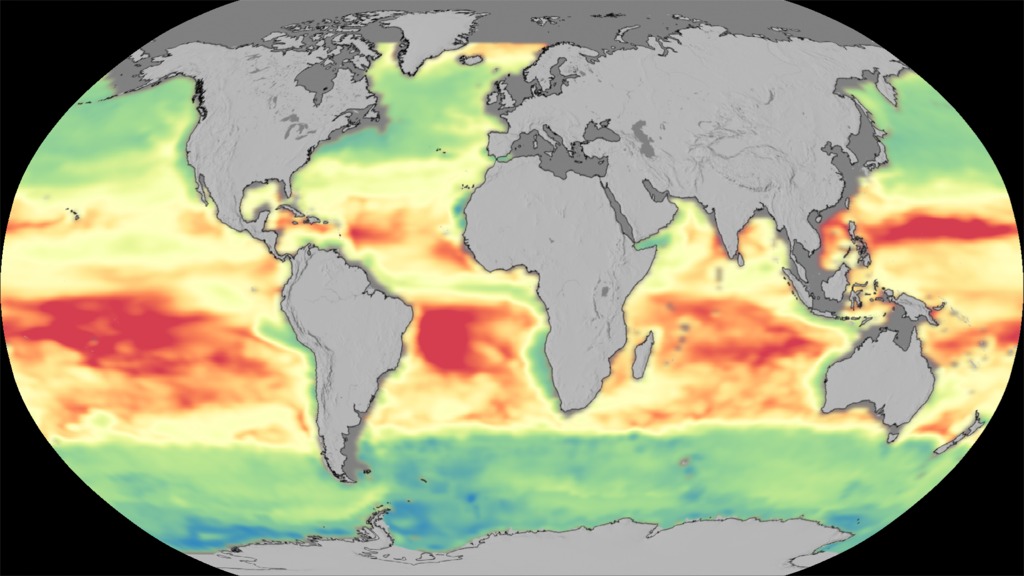Earth’s Oceans Show Decline In Microscopic Plant Life
The world's oceans have seen significant declines in certain types of microscopic plant-life at the base of the marine food chain, according to a new NASA study. The research is the first to look at global, long-term phytoplankton community trends based on a model driven by NASA satellite data.
Diatoms, the largest type of phytoplankton algae, have declined more than 1 percent per year from 1998 to 2012 globally, with significant losses occurring in the North Pacific, North Indian and Equatorial Indian oceans. The reduction in population may have an impact on the amount of carbon dioxide drawn out of the atmosphere and transferred to the deep ocean for long-term storage.
This narrated video provides an overview of the study findings and features NASA scientist Cecile Rousseaux.
For complete transcript, click here.

A GIF optimized for posting on Twitter.

A GIF optimized for posting on Twitter.

A GIF optimized for posting on Twitter.
Data visualization showing changes in global diatom populations from 1998-2012.

Color bar for data visualization.

Regions in purple show where the mixed layer depth shallowed over the course of the 15-year study period 1998 to 2012. Ocean areas in gray have no data available. Data is from NASA's Ocean Biogeochemical Model.

Color bar for mixed layer depth image.

Regions in red show where the population of diatoms decreased over the course of the 15-year study period 1998 to 2012. Ocean areas in gray have no data available. Data is from NASA's Ocean Biogeochemical Model.

Color bar for diatom population image.
Conceptual animation of microscopic diatoms in the mixed layer as its depth varies. The mixed layer is the surface part of the ocean where sunlight and an abundance of nutrients give rise to a phytoplankton bloom. Wave action draws nutrients from the layer of water below the mixed layer. When the mixed layer shallows, it's total volume decreases, meaning there are fewer total nutrients available to the diatoms and other phytoplankton. As a result, fewer phytoplankton survive.
Footage of diatoms. Credit Rashid Nassar.
Footage of diatoms. Credit Brandon Seah.
For More Information
See NASA.gov
Credits
Please give credit for this item to:
NASA's Goddard Space Flight Center
-
Producer
- Sophia Roberts (USRA)
-
Visualizer
- Trent L. Schindler (USRA)
-
Animator
- Krystofer Kim (USRA)
-
Scientist
- Cecile S. Rousseaux (USRA)
-
Science writer
- Ellen T. Gray (ADNET Systems, Inc.)
Series
This page can be found in the following series:Release date
This page was originally published on Wednesday, September 23, 2015.
This page was last updated on Wednesday, May 3, 2023 at 1:49 PM EDT.



